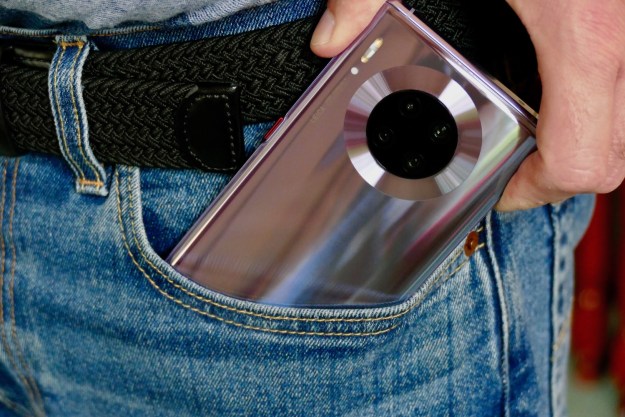It looks like the hot water Huawei is in is about to get even hotter. A U.S. federal investigation was launched against the company, which will examine whether or not the company stole trade secrets from U.S. companies, according to the Wall Street Journal.
According to the report, the probe is in its advanced stages, and an indictment against the company could soon be coming.
The new investigation reportedly grew out of a civil lawsuit against Huawei when a jury found that the company had misappropriated technology from a T-Mobile lab in Washington state. Huawei ultimately contested the case but admitted to two employees acting improperly in regard to a T-Mobile robotic device called “Tappy,” which was used to test smartphones. In 2014, T-Mobile sued Huawei for gaining access to the lab, taking photos of Tappy, and attempting to steal parts of the device. T-Mobile initially sought $500 million in damages but was ultimately only awarded $4.8 million in May 2017.
As mentioned, Huawei is also in hot water in the U.S. and has been facing accusations of being a national security threat for years, largely because of its ties to the Chinese government. Last year Huawei’s chief financial officer, Meng Wanzhou, was arrested in Canada at the request of the U.S. government, further heightening tensions between the companies. Wanzhou was charged with fraud for deceptive practices that ultimately allowed Huawei to avoid U.S. sanctions against Iran. Wanzhou is now awaiting possible extradition to the U.S.
Tensions aren’t likely to cool any time soon. According to reports, President Donald Trump is considering an executive order to ban U.S. companies from using products from Huawei. Government employees are already banned from using Huawei devices, but the new executive order could have significant implications when it comes to the deployment of network technology in the U.S.
Huawei may be facing issues in the U.S., but the company doesn’t seem to be suffering too much. It’s currently the second largest smartphone manufacturer in the world, trailing only Samsung — and beating out Apple. It gained the second spot in late 2018 and likely will continue to hold it for quite some time.
Editors' Recommendations
- Camera zoom shootout: Galaxy S21 Ultra vs. Huawei P40 Pro Plus
- U.S. Air Force’s secretive space plane bags prestigious aerospace award
- Huawei P40 Pro Plus vs. Samsung Galaxy S20 Ultra: Uber-flagship throwdown
- Samsung Galaxy S20 Ultra vs Huawei P40 Pro: Which is the king of zoom?
- Huawei says its priority is survival as U.S. continues targeting the company


